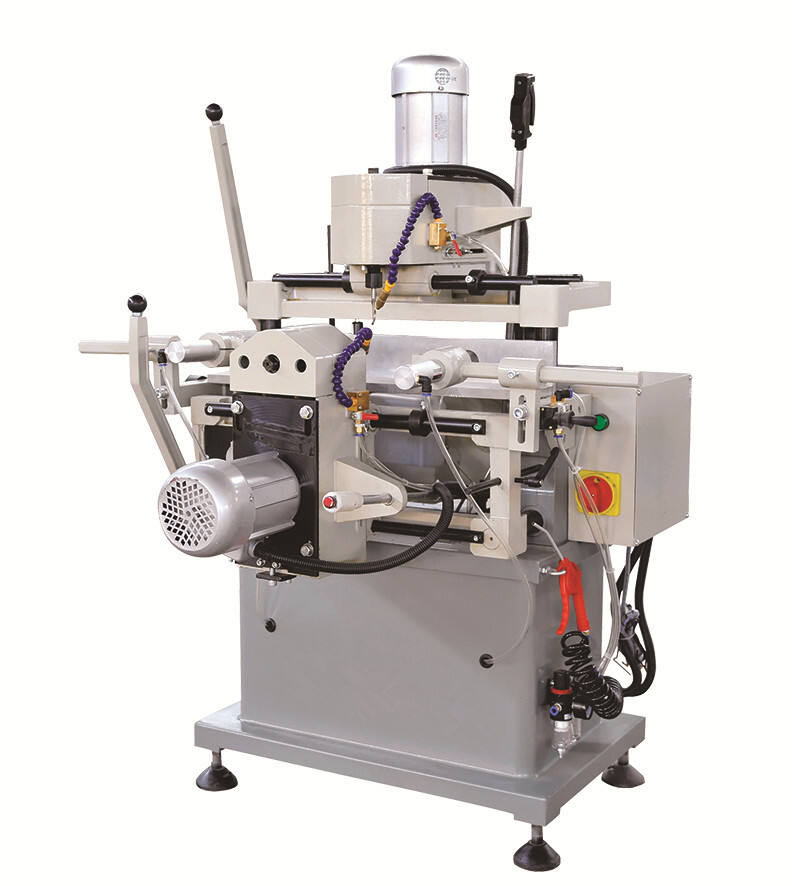In manufacturing, speed is expected, but nothing beats the demand for precision. Every product—small or big—has to line up perfectly to survive the toughest tests. That precision often comes down to the right equipment, and the Lock Hole Copy Router has stepped up as the go-to machine for tight engineering tolerances. This smart tool not only holds the manufacturing line together but also boosts how fast that line can run. In the next few paragraphs, we’ll cover how a Lock Hole Copy Router fits into the big picture, what it can really do, and why it should be at the heart of a modern production floor.
Why Precision is a Must
Precision is not a bonus in manufacturing; it’s a requirement. In markets like aerospace, automotive, and electronics, a single millimeter too far can mean the difference between a flying miracle and a high-cost rewind. Because of that, manufacturers have to choose machines that repeat exactly the same action time after time. That’s exactly what the Lock Hole Copy Router is built for. It can carve, shape, and finish complicated parts while sticking to the tiniest of blueprints, reducing scrap and speeding up time to lift the next finished item off the line.
Understanding How Lock Hole Copy Routers Work
Lock Hole Copy Routers use a physical template to steer the cutting tool along a precise path. By doing this, any shape, no matter how complex, can be reproduced over and over without drift or error. Each part follows the same contour as the original, so when multiple components must fit together, they do so perfectly from the first batch to the last. This template-driven process cuts labor in half, rare misalignments and the time they require to fix. Since the operator does less readjustment, every scrap goes to the finished part. This controlled use of material makes the step from artwork to manufacture greener and leaner.
Key Advantages of Lock Hole Copy Routers
-
Pinpoint Precision: A Lock Hole Copy Router can consistently cut within a few microns of a drawn line, guaranteeing that every piece matches the technical blueprint. The resulting uniform measurements prevent wasted time and resources making separate adjustments, so the plan on paper goes straight to the plan on the factory floor.
-
Faster Workflows: Once the template is loaded, the machine runs the same program until the next design change. Switching from operator-driven cutting to machine-led focus shrinks the clock on assembly line speeds. Steps that once furl the worker into resetting gauges and drawing jigs now finish in less than the time it takes to set the next batch of work.
-
Smart Investment: No tool pays back its price in the first week. Yet the Lock Hole Copy Router, once the basic programming is absorbed and the first dozen not-perfect runs are over, begins to earn its keep by refining the yield of material and by serving the workforce a routinized task that frees time to develop the next part. The router shrinks both the line items of scrap and the daily quotients of overtime. The change strikes a balance between the start-up sprawl of training and the eventual sprint of finished parts flowing.
-
Versatility: These routers aren’t one-trick ponies. They work on everything from softwood to heat-treated steel to ABS plastic, so you can swap materials without swapping machines. That kind of flexibility saves floor space and setup time.
Industry Trends in Precision Engineering
Modern manufacturing isn’t standing still; it’s speeding up. One big driver of this quick pace is automation, and Lock Hole Copy Routers are leading the pack. connected to sensors, these tools can adjust in real time, keep logs of every part, and send alerts when maintenance is due. That’s smart manufacturing in action.
At the same time, the rise of Industry 4.0 is hard to ignore. Machines, materials, and people are networking together, allowing manufacturers to harness IoT sensors and data analytics to boost efficiency and accuracy. Another trend is the growing appetite for customized products. As markets demand unique items, companies need flexible production systems. Lock Hole Copy Routers meet that need perfectly; they can switch from one design to the next in minutes, so manufacturers respond to trends without skipping a beat.
To sum things up, any manufacturer serious about staying ahead ought to invest in a Lock Hole Copy Router. These machines deliver tighter tolerances, greater throughput, and savings that show up in a shorter payback timeline. Automation and flexible production lines are setting the new pace across the sector, and a router that copies hole patterns with laser-like precision will keep any workshop relevant. Tools like this are no longer optional baubles; they are the bedrock of smart, modern manufacturing.

